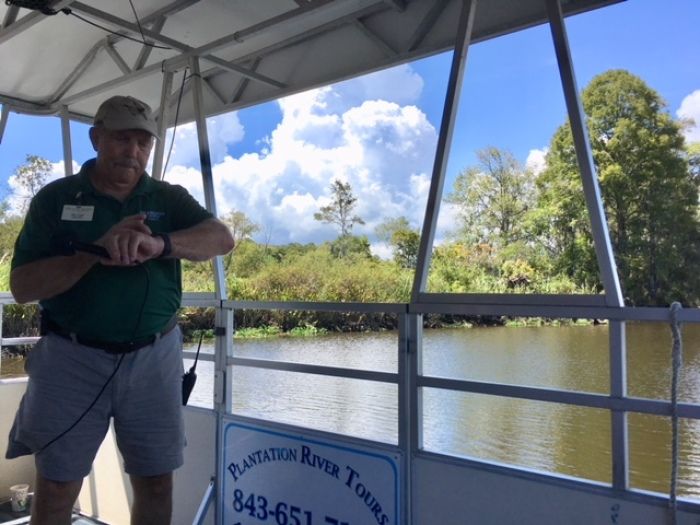
I recently spent nearly a week in South Carolina doing research for my upcoming program: “Exploring Traditional Southern Ingredients and Lowcountry Cooking”, which I will be presenting at the annual Herb Harvest Fall Festival at the Ozark Folk Center in Mountain View, Arkansas. The region that we are studying and featuring this year is the Southern United States, south of historic US 40. https://www.arkansasstateparks.com/events/herb-harvest-fall-festival
Here are just a few places that I visited, which I highly recommend:
The Gullah Museum in Georgetown, SC www.facebook.com/TheGullahMuseumSC
The Gullah Museum is a small and intimate space, which houses a collection of Gullah-inspired quilts. My favorite was the African Diaspora Story Quilt made by Mrs. Vermelle “Bunny” Rodrigues and tells the story of the Gullah people from a West African village through Emancipation from slavery in the Lowcountry.Besides the amazing quilts, there were many tools, instruments, foods, crafts and jewelery on display at the Gullah museum. One of the displays had herbs and spices. I know the herb, rabbit tobacco, by its common name, though the Gullah people call it everlastin’ tea. Its botanical name is a mouthful: Pseudognaphalium obtusifolium. It has been used for coughs, colds, and congestion for centuries–both smoked and as a tea.Andrew Rodrigues, who is curator of the Gullah museum, is a wealth of information, a gentleman and a scholar and a great storyteller; I learned so much from him–history and lore of the Gullah and the lowcountry area, cultivation of rice and indigo and Gullah life and language.
The Rice Museum in Georgetown, SC thericemuseum.org
Our tour started out with Wally, our tour guide in The Kaminski Hardware Building, which houses the Rice Museum’s Maritime Museum Gallery, the Rice Museum Gift Shop and the Prevost Art Gallery. Just across the alley is the Old Market Building and Town Clock, which became the headquarters of the Rice Museum in 1970 and currently house the Museum’s permanent collection of dioramas, maps, paintings, artifacts and other exhibits that tell the history of rice cultivation in Georgetown County. I was totally intrigued and impressed by the excellent dioramas depicting the history of rice in the United States. Although they are not very large, the attention to detail is topnotch and they started with clearing the swamps of cypress trees, to planting the rice fields, to harvesting and processing the rice and life on the plantation. This was a behemouth undertaking tantamount to buillding the pyramids and it could not have happened had there not been slave labor. Growing indigo and processing it was also depicted, another labor intensive crop. The story of the cultivation of rice and the hardships that the slaves endured was sobering to say the least.
Brookgreen Gardens in Murrell’s Inlet www.brookegreen.org
These are incredible gardens–so plan to spend a full day here. The Wall Lowcountry Center houses an excellent display of South Carolina lowcountry life from animals and wildlife to native plants and the rice plantations of the 1800s.
After I visited the Center, I headed out to walk the Lowcountry Trail, which won the South Carolina Heritage Tourism Award–and for good reason. The website describes: “The Lowcountry Trail Audio Tour is a public education program that emphasizes historic preservation. The tour winds along the Ricefield Overlook and adjacent rice field and is free with garden admission. As you walk the trail, a 30-minute fictional story about life on Brookgreen Plantation unwinds progressively, on listening stations placed along the way. The trail consists of a beautiful boardwalk that crosses the hillside overlooking Mainfield, a restored rice field of the former Brookgreen Plantation. For enslaved Africans on Brookgreen Plantation, this hill was a bridge between the world of daily work and the familiarity of life in the slave village beyond the crest of the hill.”
I set out on my own–on this quiet and beautiful walk through live oaks hanging with Spanish moss and never passed another person on this trail… though I surely passed a lot of souls. The signage at each stop was detailed and well done, the audio stories with the singing touched me deeply and wrenched my heart and brought me to tears. The trail ended at the Lowcountry Zoo, where I saw domestic animals like horses, oxen, and chickens.
That afternoon, my sister, mom and I headed to the boat dock and took an excursion on a pontoon boat. The Lowcountry boat tour at Brookgreen Garden travels along a few creeks to the Waccamaw River where it turns around. The informative guide told us about creeklife and the old rice plantations that we passed en route. Besides lots of vegetation from live oaks hanging with Spanish moss to masses of water hyacinths, we saw lots of little crabs scurrying along the banks, egrets, Great Blue Heron and 3 alligators! Thank goodness there was a breeze to keep the skeeters away.
Next stop–next blog–I will talk about lowcountry cooking and some of the foods we encountered.


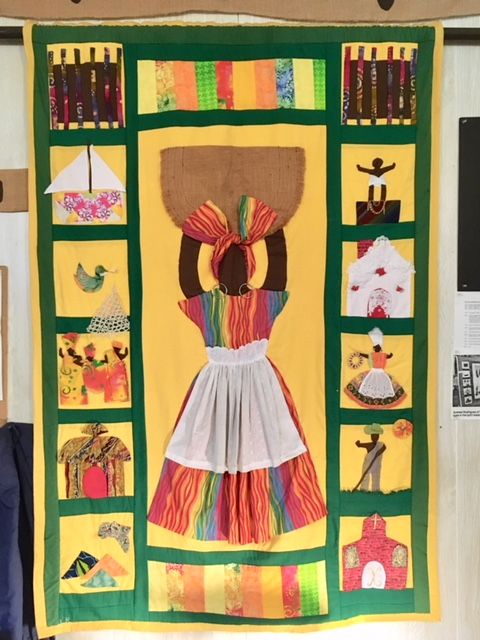

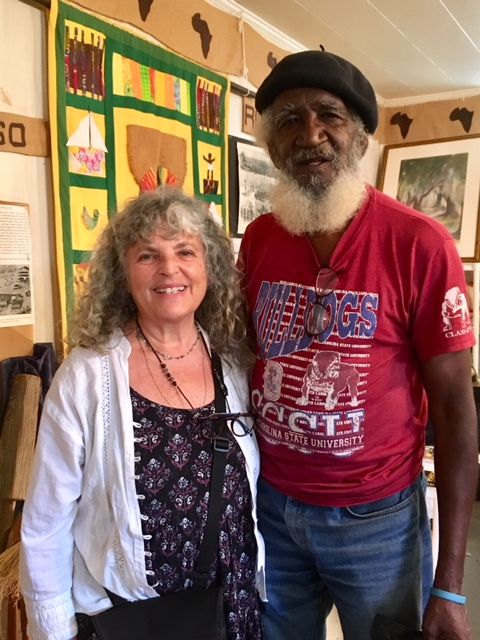
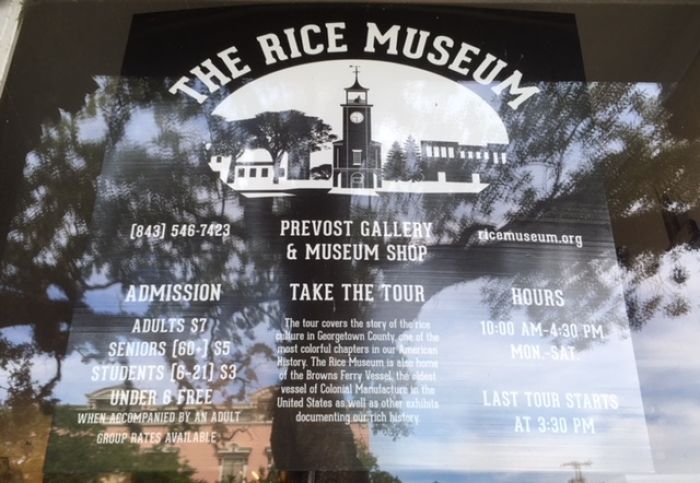
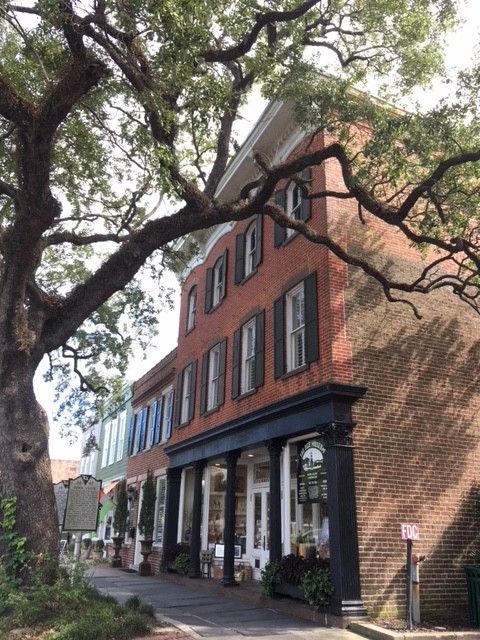
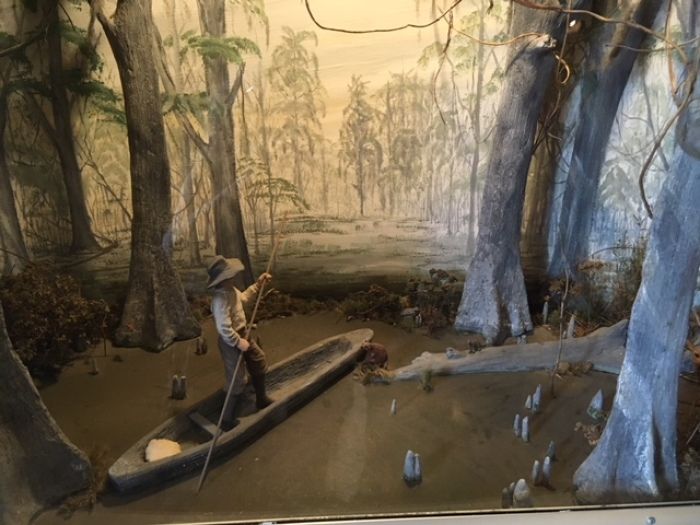



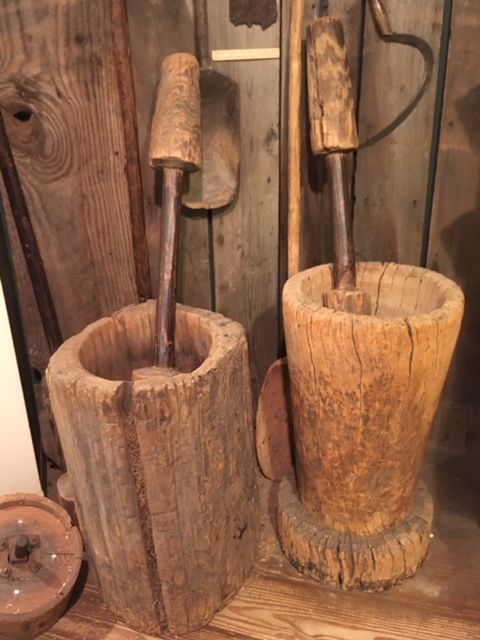
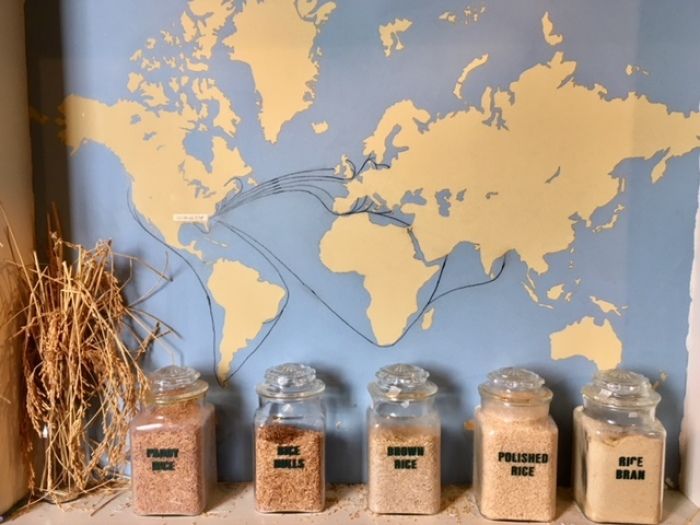
















Comments
Log in or create an account to post a comment.
Sign up Log in